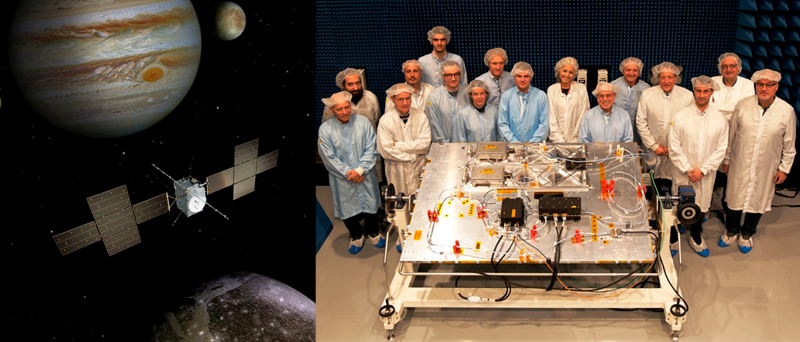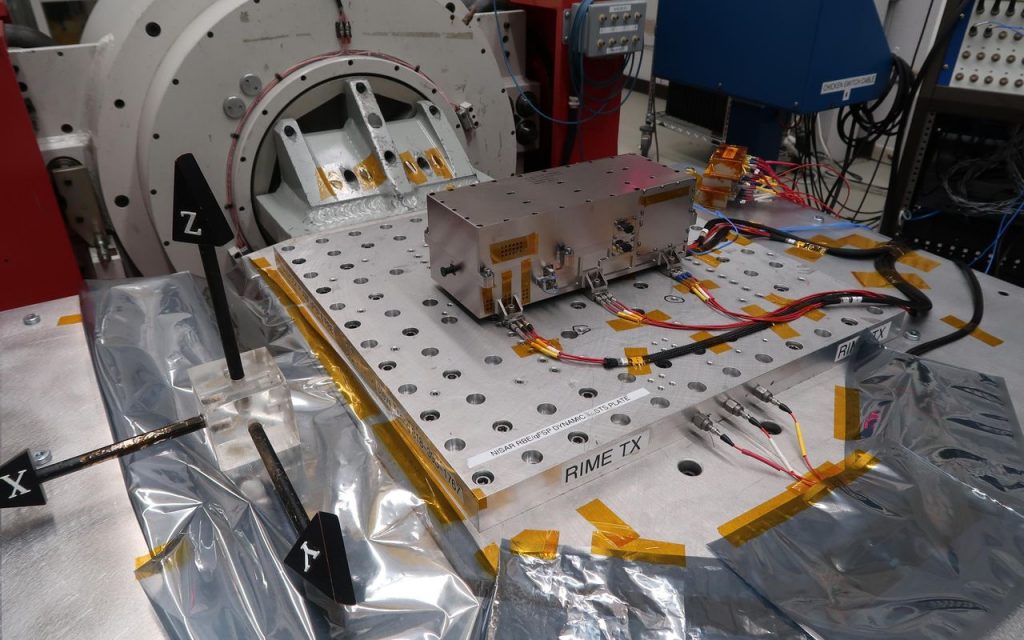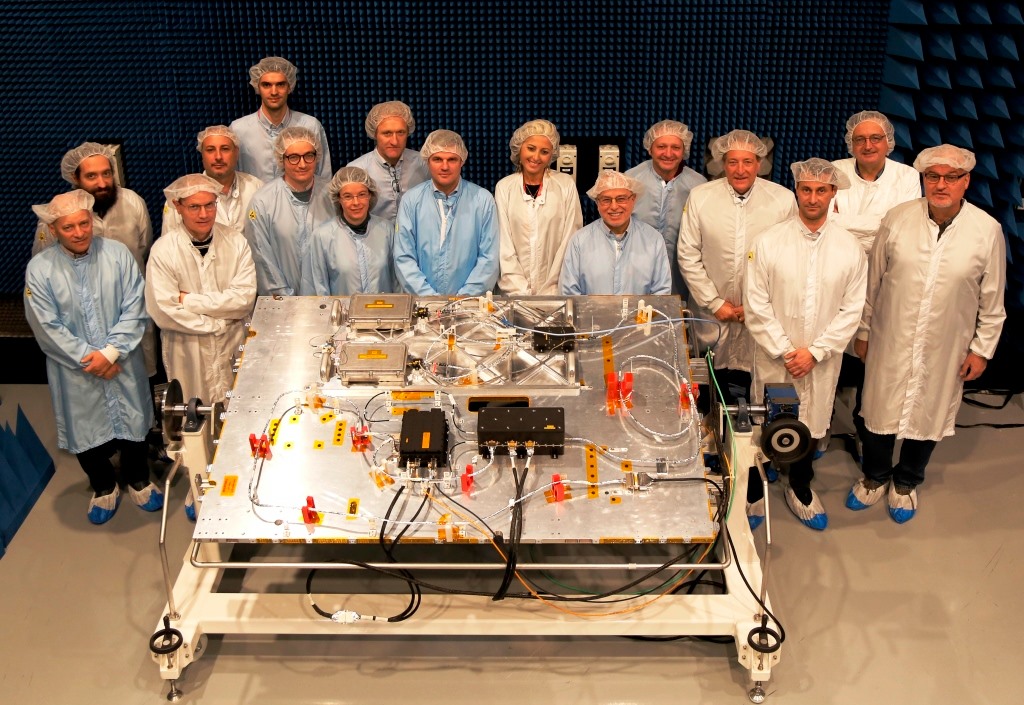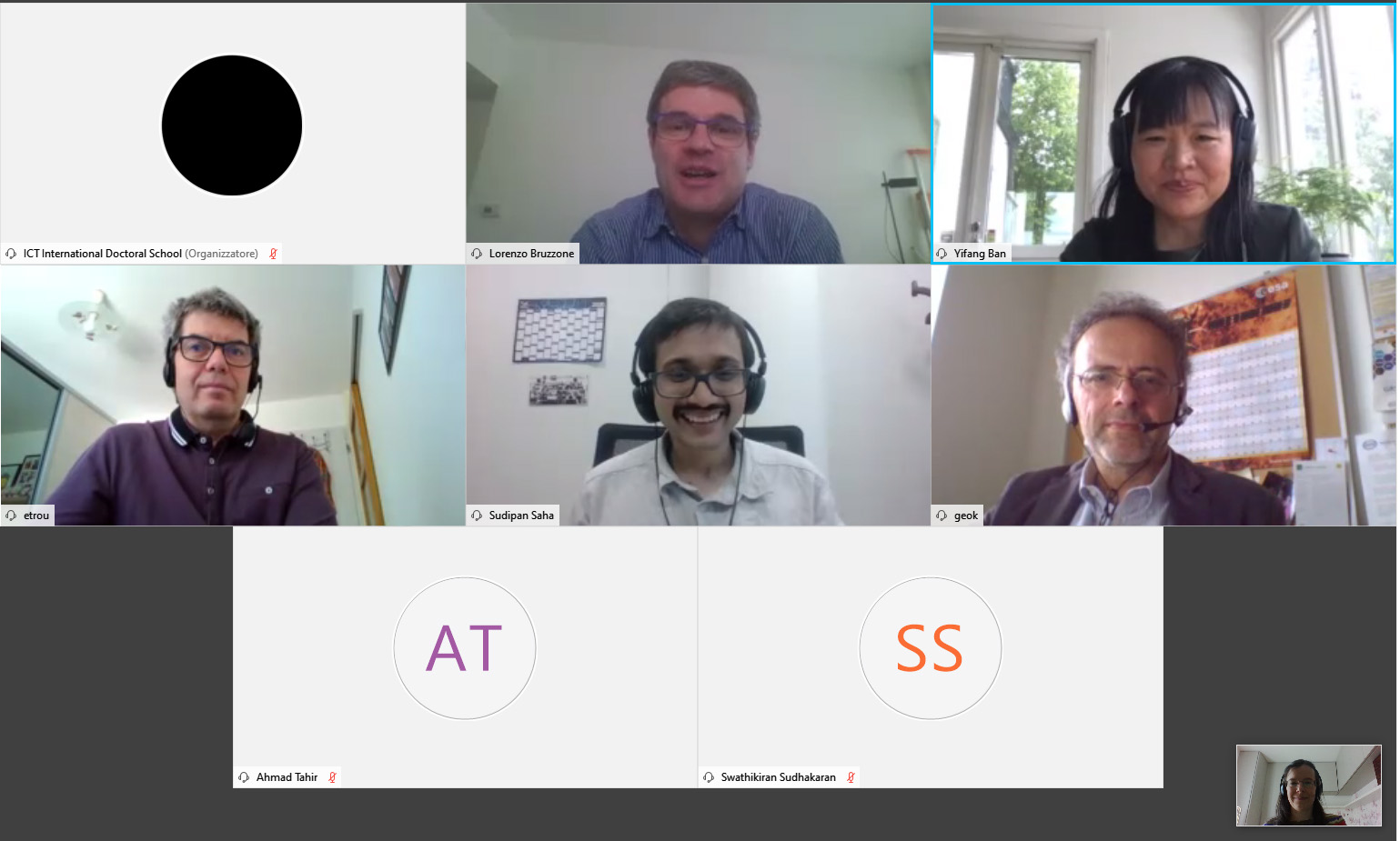Lorenzo Bruzzone and Francesca Bovolo are in the top most cited researchers worldwide according to “World Ranking of Scientists” .
Lorenzo Bruzzone is in the top 0.4 % of the most cited scholars on the number of published papers and citations at global level in all the disciplines (the 2nd in the raking at University of Trento) and he is in the top 0.07% in his research area. The analysis considers the period 1996 – 2017.
Francesca Bovolo is the top 1.25% percent of the most cited scholars ranking in 2017. This ranking has been done to capture and compare performance of younger and more senior researchers.
The “World Ranking of Scientist” is a database created by Stanford University using a novel computing strategy. The database was compiled using six standardized citation metrics, and examining 22 scientific fields between 1996 and 2017. The result is a photograph of nearly 160,000 of the most influential scientists in the world, which represent 2 percent of over more than 6 million people and is based on data from Scopus (the main database for scientific publications). The study, conducted by John P. A. Ioannidis of Stanford University with Kevin W. Boyack and Jeroen Baas, appeared days ago in Plos Biology.
More info about this:









